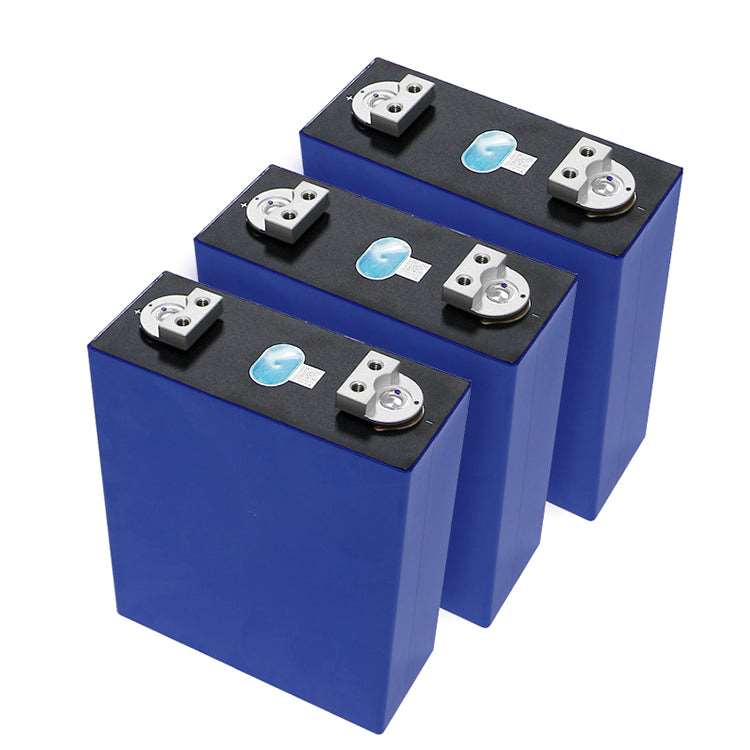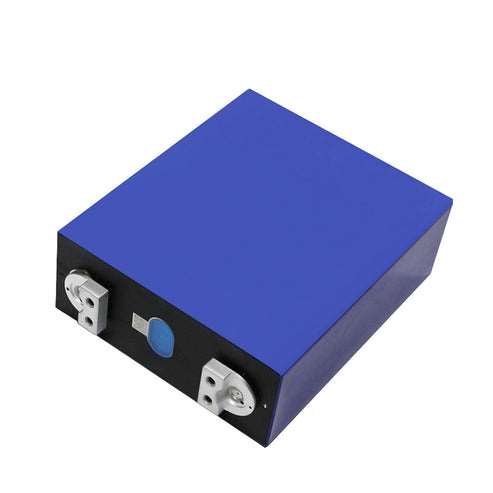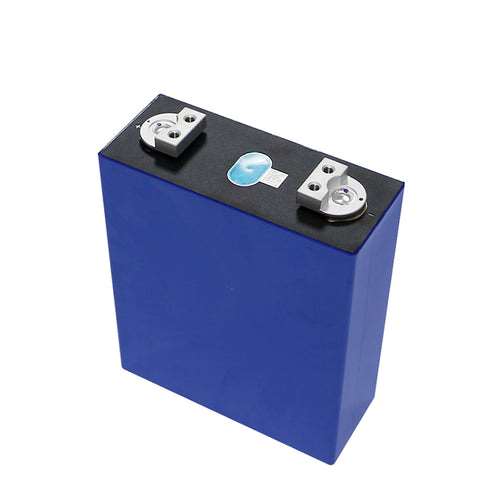Prismatic cells LiFePo4 3.2V 280Ah, EVE LF280K
EVE prismatic cells with lithium iron phosphate LiFePo4 chemistry, nominal voltage of 3.2V, capacity of 280Ah and lifespan of 8,000 charge-discharge cycles, developed for energy storage systems from photovoltaic systems, wind turbines, boats, electric vehicles, UPS systems, etc.
They are among the safest cells in the industry, with no risk of explosion (integrated pressure relief valves), no leaks, and have an aluminum casing for increased rigidity.
Mechanical Specifications
| Width: | 174 mm |
| Thickness: | 72 mm |
| Height (without / with terminal): | 205 / 218 mm |
| Distance between poles: | 123 mm |
| Weight: | 5490 g |
Electrical Specifications
| Nominal capacity: | 280 Ah |
| Nominal voltage: | 3.2 V |
| Internal resistance: | <= 0.25 mOhm |
| Standard discharge / charge current: | 0.5 C / 0.5 C |
| Discharge / charge limit voltage: | 2.5 V / 3.65 V |
| Maximum discharge / charge current: | 1 C / 1 C |
| Recommended discharge / charge limits: | 10% - 90% |
| Operating temperature during charge: | 0°C - 60°C |
| Operating temperature during discharge: | -30°C - 60°C |
| Lifespan (cycles at 25°C and 70% SoH): | 8,000 |
Battery Safe Usage Instructions
Lithium batteries are products that are installed, maintained, and replaced by qualified personnel. The products are designed following numerous standards and undergo rigorous safety tests. However, lithium batteries are high-energy density products containing hazardous chemicals. Under the complex influence of environmental factors, external impact, incorrect storage, or incorrect use, lithium batteries pose a risk of heating, smoke, or fire which can affect the health of individuals or property integrity.
It is important to follow the following safety rules when using lithium batteries:
-
do not remove batteries from their original packaging before use and store them under conditions described in the datasheet
-
do not place batteries scattered next to each other to prevent accidental short circuit
-
do not expose batteries to temperatures above 100°C or incinerate them
-
it is strictly forbidden to charge, force charge, press, or puncture batteries
-
do not weld directly on the battery surface, attach cables or busbars to pre-installed connectors
-
do not mix new and used batteries, batteries of different capacities, or batteries from multiple manufacturers
-
it is strictly forbidden to short-circuit or reverse the positive and negative poles of the batteries. do not disassemble the batteries
-
do not transport or handle batteries improperly by throwing or dropping them
-
do not connect batteries without protection or install them in a humid or corrosive environment
-
when batteries are used occasionally, they must be stored under strict specifications according to the datasheet and charged every 6 months
-
lithium batteries must be used strictly in accordance with the overcharge and overdischarge requirements mentioned in the datasheet
-
products must be kept away from children and measures must be taken to prevent parts of the battery, its components, or packaging from being swallowed
-
when batteries need to be connected in series or parallel, please consult a technician.






Follow us